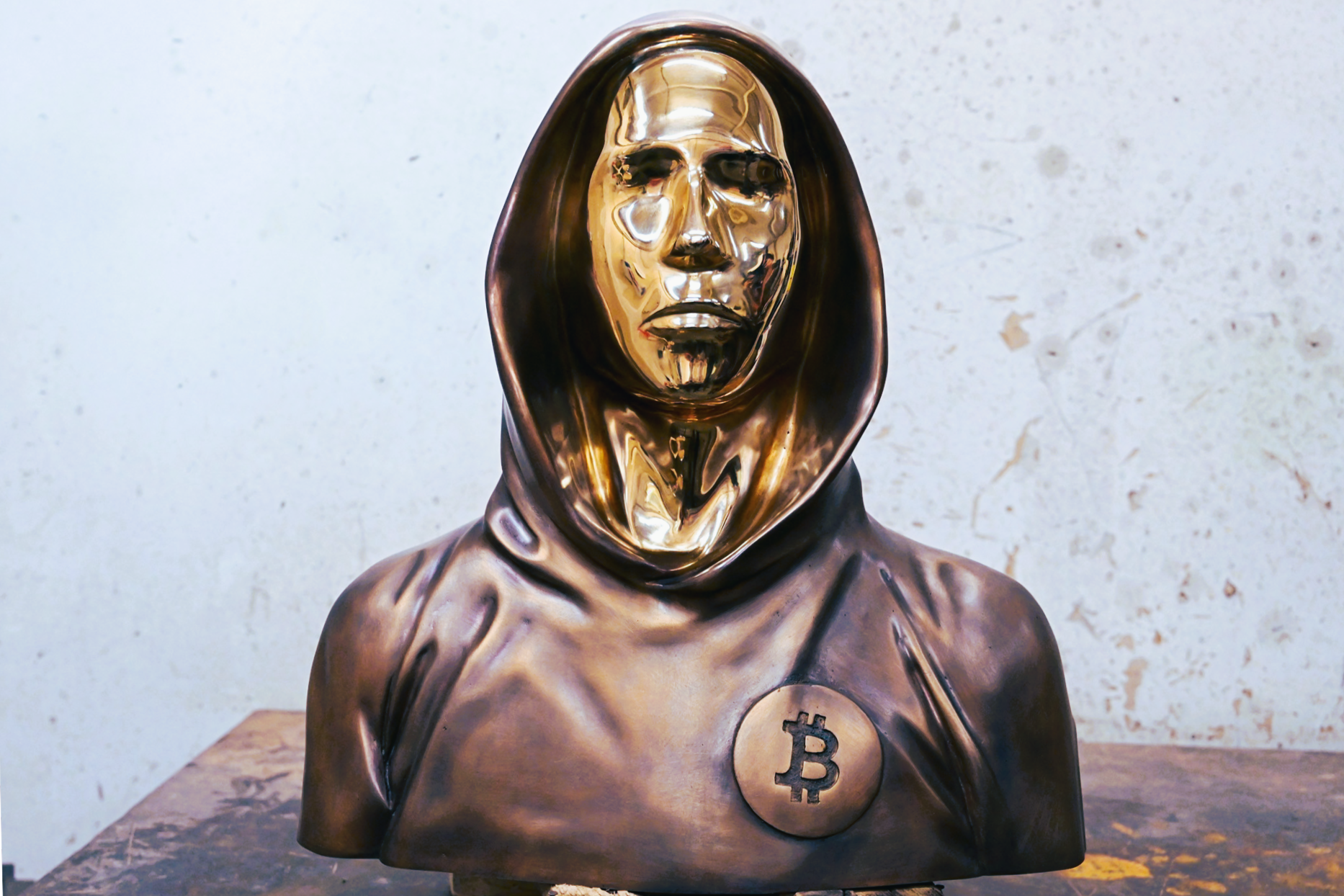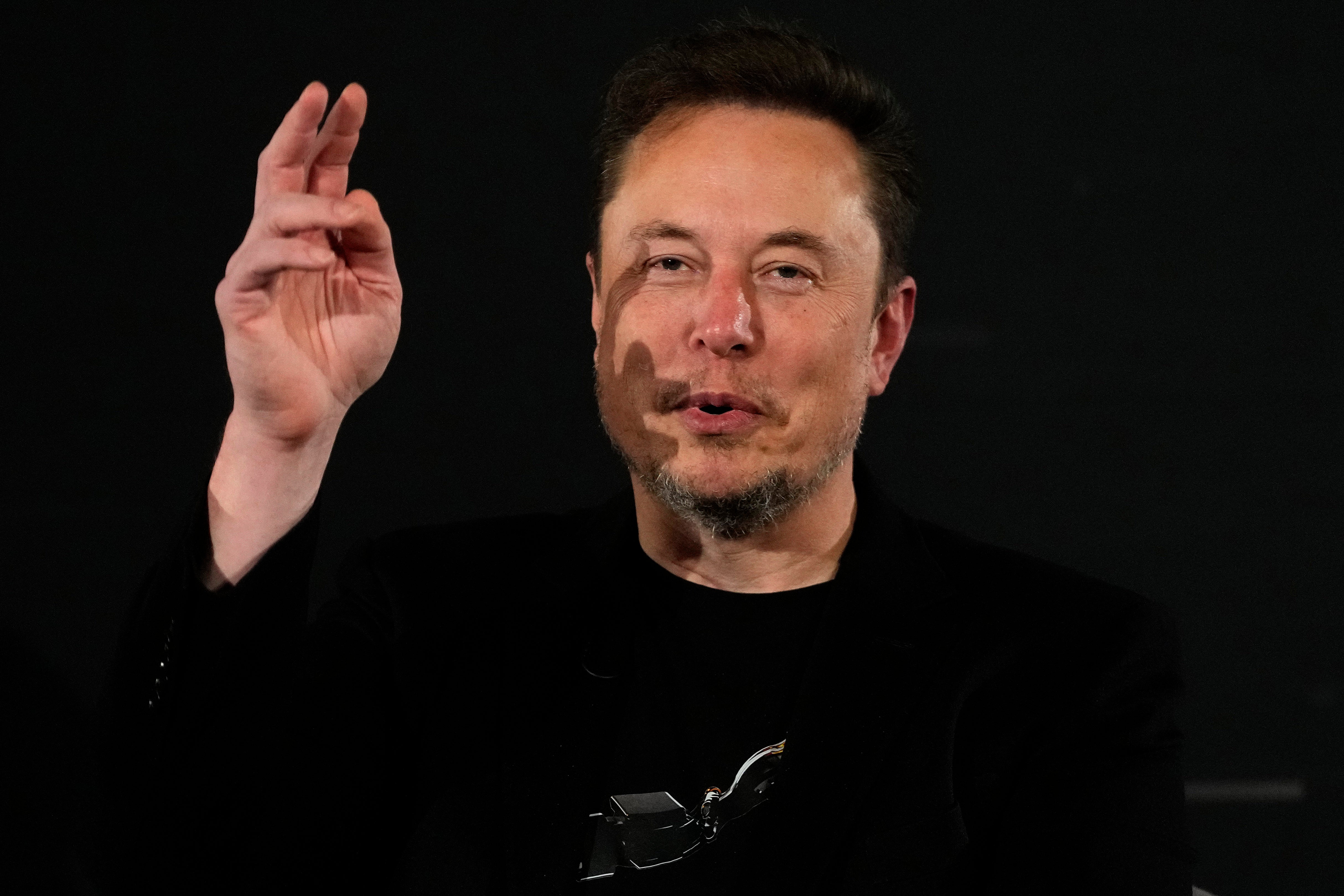Who is bitcoin’s ‘Banksy’? How the billionaire crypto-founder ‘Satoshi Nakamoto’ could be finally unmasked
The identity of the inventor of bitcoin – among the top 30 richest people on the planet – remains unknown. But with Australian computer programmer Craig Wright now in court, is that about to change? Anthony Cuthbertson investigates


It is one of the greatest mysteries in technology: who is Satoshi Nakamoto? The pseudonymous inventor of bitcoin is among the top 30 richest people on the planet, with an estimated fortune of $35bn (£27.7bn). His creation has spawned thousands of imitations, generated a trillion-dollar industry, and reimagined the entire concept of money. It has minted millionaires, and ruined the fortune of others.
Yet 15 years after bitcoin was conceived, Nakamoto’s true identity remains unknown. But that might finally be about to change.
Over the next few weeks, a court in London will hear evidence from Dr Craig Steven Wright, a 53-year-old Australian who claims to be bitcoin’s founder. His lawyers say he has the skills to have created the world’s first cryptocurrency, and the knowledge to have written the 2008 white paper that introduced it to the world.
In one statement, Dr Wright said he was “proud to have played a pivotal role in ushering in a new era of financial technology”, but his doubters include some of the most prominent figures of the crypto community.
Leading the court case is the Crypto Open Patent Alliance (COPA), whose members include Block, the payments firm owned by Twitter co-founder Jack Dorsey, and the Nasdaq-listed trading platform Coinbase. COPA launched the case in an effort to prevent Dr Wright blocking bitcoin-related projects, claiming it will “conclusively show that Dr Wright is not Satoshi Nakamoto and will not be able to continue to threaten developers”.
The decentralised nature of bitcoin means that, technologically, its founder has the same rights as anyone else, and so the winner of the case might not necessarily win any extra power. In large part, the dispute has become one of reputation, and the fame and soft power that would come with being recognised as bitcoin’s creator.
Speculation that Dr Wright may be Nakamoto first began in December 2015, when Gizmodo and Wired published investigations that pointed to the Australian computer programmer as the man behind bitcoin. Up until then, nobody within crypto circles knew who he was. Gavin Andresen, the American software developer who had led the Bitcoin Foundation since 2012 and is seen as the cryptocurrency’s de-facto lead developer, said he had “never heard of Craig Wright” before reading the Wired article, which described him in the headline as an “unknown Australian genius”.
Andresen was convinced enough to state in May 2016 that Dr Wright was the founder of bitcoin, but later said the proof that the Australian had promised lacked credibility, and that “it was a mistake” to trust him. The articles’ claims were broadly dismissed, with one of the authors of the Wired article suggesting it was “an elaborate, strange and long-planned hoax”. Even Dr Wright backtracked at the time, writing that he did “not have the courage” to provide the necessary proof that he is Nakamoto.

Anyone can claim to be Nakamoto, but there are only two ways to actually prove it. One way would be by sending bitcoins from one of the original addresses associated with the crypto’s creator, or using the address to provide a digitally encrypted signature. The other way would be by revealing private chats held with Andresen and other crypto pioneers in the early days of bitcoin – known as the cypherpunks.
Dr Wright has so far failed to provide either of these proofs, and told a Norwegian court in 2022 that the computer hard drive that held the access to the keys has been destroyed.
Just like the obsession to unmask Banksy in the art world, there have been numerous attempts over the last 15 years to solve the mystery surrounding Nakamoto’s true identity, with circumstantial evidence pointing to several potential candidates.
Cryptocurrency pioneer Hal Finney was frequently linked to Nakamoto, having been the first ever person to receive bitcoin through an online transaction back in 2009. Finney denied the claims and refused to speculate on who it might be until his death from ALS in 2014.
Fellow cypherpunk Nick Szabo, who created a precursor to bitcoin’s electronic cash system, has also been singled out. Financial journalist Dominic Frisby wrote in his 2014 book Bitcoin: The Future of Money? that the cryptographer ticked “an uncanny number of boxes”. The secretive computer scientist’s “bit gold” digital money, which he designed in 1998, shared several features that appeared in bitcoin a decade later. But despite several clues appearing to tie him to Nakamoto, Mr Frisby conceded: “Every bit of evidence that suggests he’s Satoshi is circumstantial.”

The same year that Mr Frisby’s book was published, Newsweek magazine published a controversial cover story claiming that Japanese-American electrical engineer Dorian Satoshi Nakamoto was the crypto founder. The article was widely debunked and Mr Nakamoto said he had never even heard of bitcoin before the reporter approached him. His recent work as a labourer and substitute teacher also suggested he did not have vast bitcoin wealth. “I discontinued my internet service in 2013 due to severe financial distress,” he said in a statement at the time.
Even Elon Musk, who was one of the co-founders of PayPal, has been linked to Nakamoto. But like everyone else rumoured to be the founder of bitcoin, he has denied it.
The only one to embrace the claim is Dr Wright – which many have suggested is proof that he is not Nakamoto, given how notoriously secretive bitcoin’s creator was. This did not stop his lawyer, Anthony Grabiner, from using this in his case. “If Dr Wright were not Satoshi,” he wrote in a statement ahead of the trial, “the real Satoshi would have been expected to come forward to counter the claim.”
Prosecutors have accused Dr Wright of “industrial scale” forgery.
“As his false documents and inconsistencies have been exposed, he has resorted to further forgery and ever more implausible excuses,” Jonathan Hough KC, representing COPA, said in a written submission at the start of the trial this week.
“Dr Wright has consistently failed to supply genuine proof of his claim to be Satoshi: instead, he has repeatedly proffered documents which bear clear signs of having been doctored.”
Dr Wright has denied those claims in court.
An offer to settle the case last month from Dr Wright was rejected by COPA, who claim it would have allowed him to “sue people all over again”. The group is also confident that this century’s most enigmatic person is not Dr Wright, seeking a conclusive ruling that buries his claims to bitcoin’s crown.
So while we may not learn who Satoshi Nakamoto actually is, we could learn who it is not.





Join our commenting forum
Join thought-provoking conversations, follow other Independent readers and see their replies
Comments